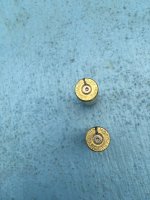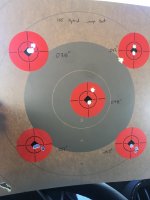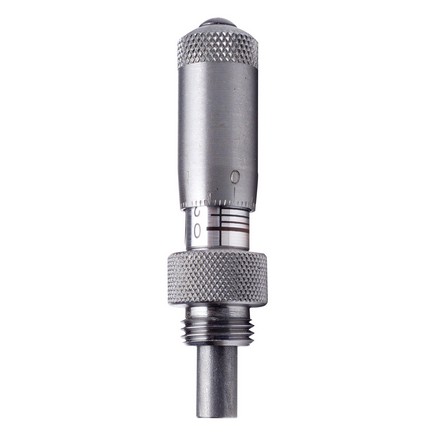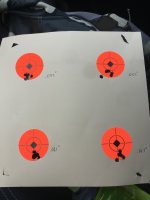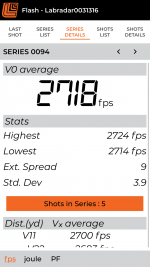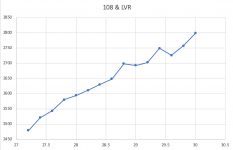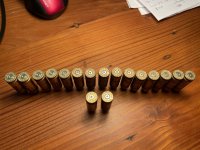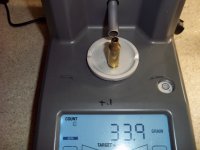Shot reloads for first time through the ARC. Today was OCW testing. Went from 28.0 to 29.4 in .2 grain increments, focusing on velocity. I’ll worry about seating depth and tuner settings next trip.
28.0: 2587
28.2: 2617
28.4: 2638
28.6: 2671
28.8: 2695
29.0: 2704
29.2: 2730
29.4: 2758
Looks like a good node between 28.8 and 29.0. I’ll load some at 28.9 for the seating depth test.
24” Bartlien barrel, 105 berger hybrids jumped .070” (limited by elander mag length), once fired Hornady brass.
28.0: 2587
28.2: 2617
28.4: 2638
28.6: 2671
28.8: 2695
29.0: 2704
29.2: 2730
29.4: 2758
Looks like a good node between 28.8 and 29.0. I’ll load some at 28.9 for the seating depth test.
24” Bartlien barrel, 105 berger hybrids jumped .070” (limited by elander mag length), once fired Hornady brass.

